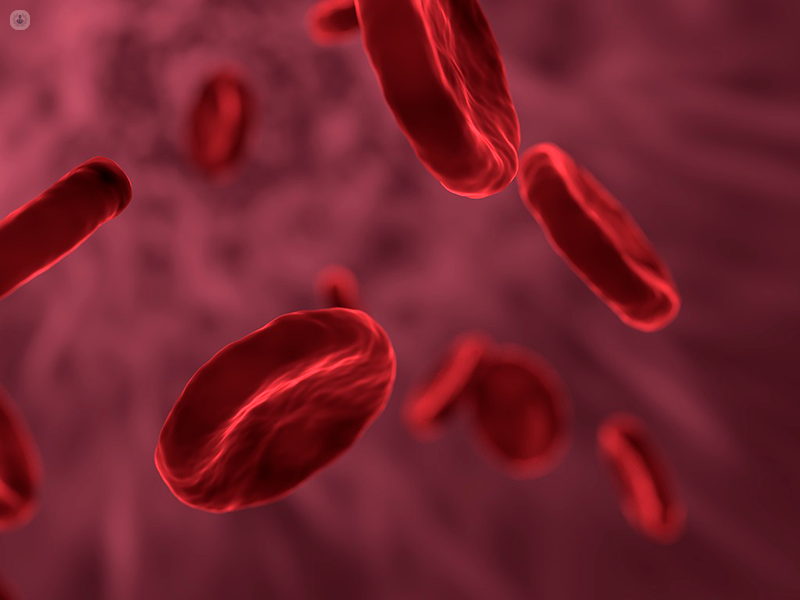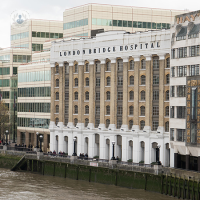Platelet disorders
Dr Nina Salooja - Haematology
Created on: 08-04-2014
Updated on: 06-19-2023
Edited by: Conor Dunworth
What are platelet disorders?
Platelet disorders are a group of conditions which involve the overproduction or underproduction of platelets in the blood.
Platelets are cell fragments which help your blood to clot properly. Having too many platelets can cause abnormal blood clots and possible blockages in your arteries and veins. Having too few platelets can lead to uncontrollable bleeding if you sustain an injury.
The main types of platelet disorder are:
- Thrombocythemia – an overproduction of platelets in the blood, either caused by a genetic mutation or external factors such as inflammation
- Thrombocytopenia – a lack of platelets in the blood caused by hereditary conditions, vitamin deficiency, an infection, or leukaemia.
- Platelet dysfunction – a condition where platelet levels are normal but there is a problem with the functioning of the platelets. Often caused by a hereditary condition.

What are the symptoms of a platelet disorder?
If you have too few platelets in your body, you might experience:
- Bleeding in the mouth and gums
- Nosebleeds
- Frequent bruising
- Heavy periods
If you have too many platelets, symptoms can include:
- Headache
- Feeling dizzy or lightheaded
- Blueness or coldness in the hands and feet
Serious clotting can even cause mini-strokes or strokes.
How are platelet disorders diagnosed?
Normally, platelet disorders are diagnosed in a routine blood test, well before any symptoms appear. They may follow the blood test up with an examination of your liver or spleen, since in some cases of thrombocythemia, the spleen can become enlarged.
To narrow down the diagnosis to a specific condition, you might have some genetic tests or a full blood count.
How are platelet disorders treated?
Treatment depends on the cause of the disorder. For example, if you have a higher platelet count due to recent injury, your platelet levels are likely to return to normal levels in the process of recovery. Chronic conditions which cause abnormal platelet levels will be treated directly.
If you have a form of thrombocythemia caused by a genetic mutation (essential thrombocythemia), treatment may involve taking short-term or long-term medication to decrease the platelet levels in your blood.
For thrombocytopenia, treatment will depend on how severe the condition is. Low platelet levels do not always need treatment if you’re not experiencing any serious bleeding. In more serious cases, however, treatment can include medication, blood transfusions, and sometimes full removal of the spleen. Finally, there are some lifestyle changes you can make to mitigate bleeding, such as avoiding blood-thinning medications (e.g. aspirin) and limiting your alcohol intake.








